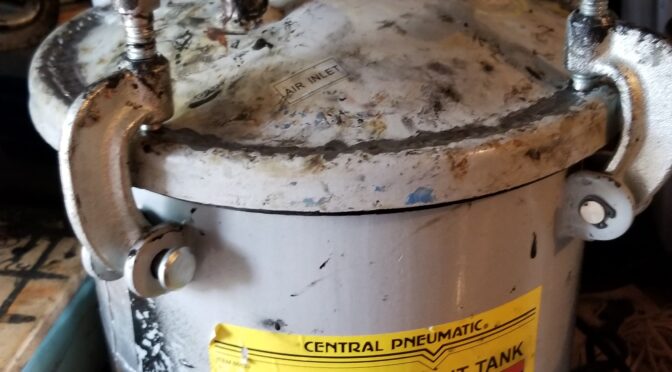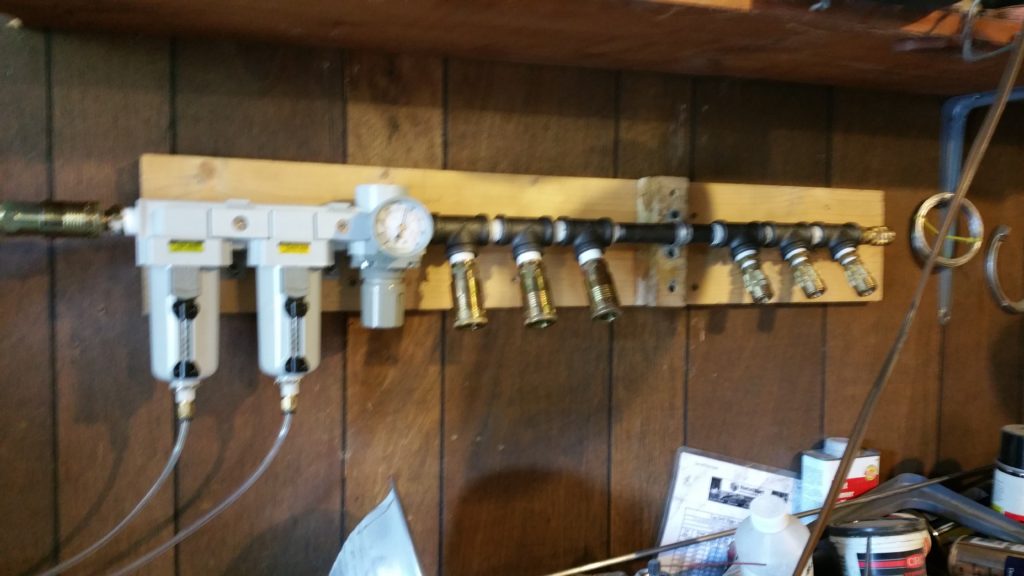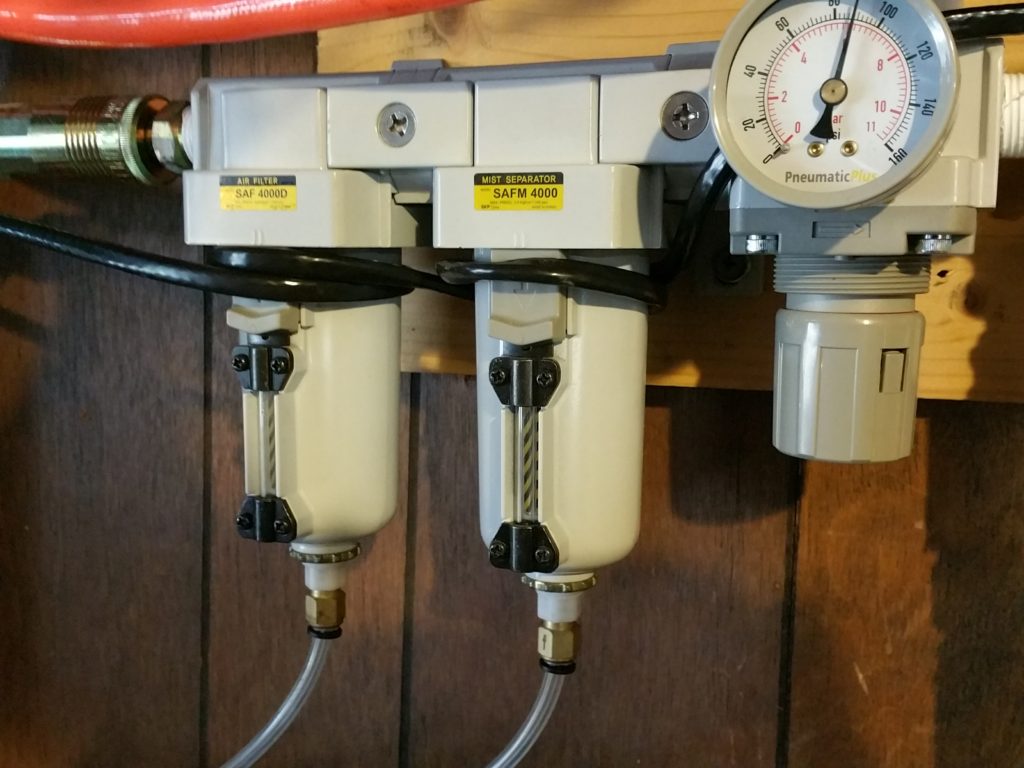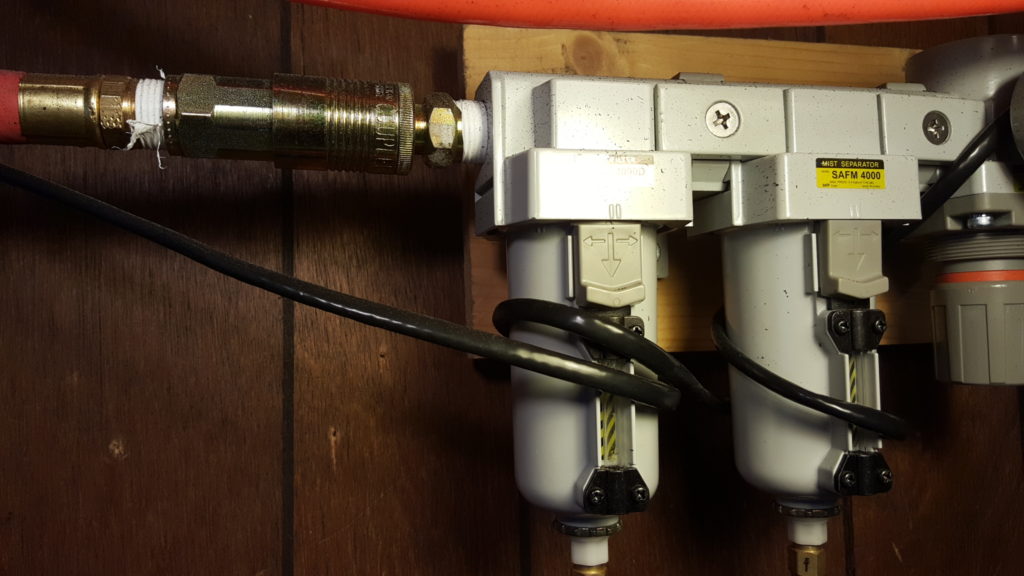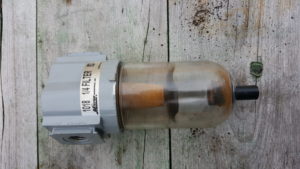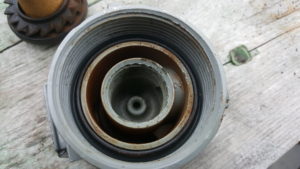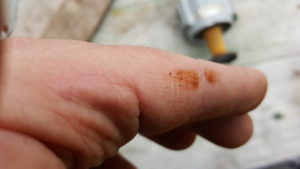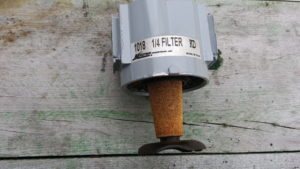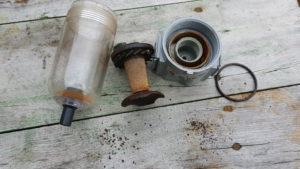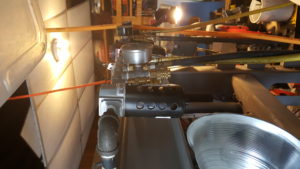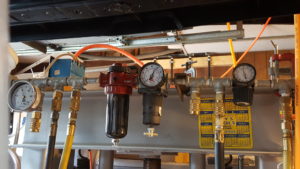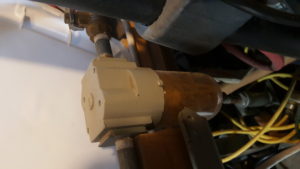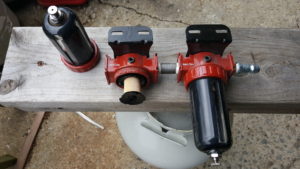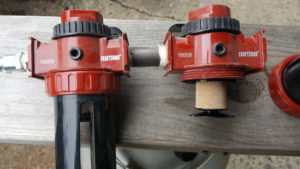Folks, I’ve used Harbor Freight’s Central Pneumatic 2-1/2 gallon (10 liter) paint pots (HF Item 66839) for years to pressure cast grips. You may know them as “paint pots”, “pressure pots” – they are the same thing. I read fear-mongering stories on the Internet where folks are scared of them blowing up. You know what? They’re safe as long as you stay within their pressure rating and I know what I’m talking about. I’ve used my tanks through thousands of duty cycles at 60 PSI with no major problems.
There is a headache though – the cheap gaskets the tanks come with either don’t last or are a bear to seal. It used to be you had to make your own replacement gaskets or try to repair what you had but now there is an awesome ready-to-go quality gasket you can buy.
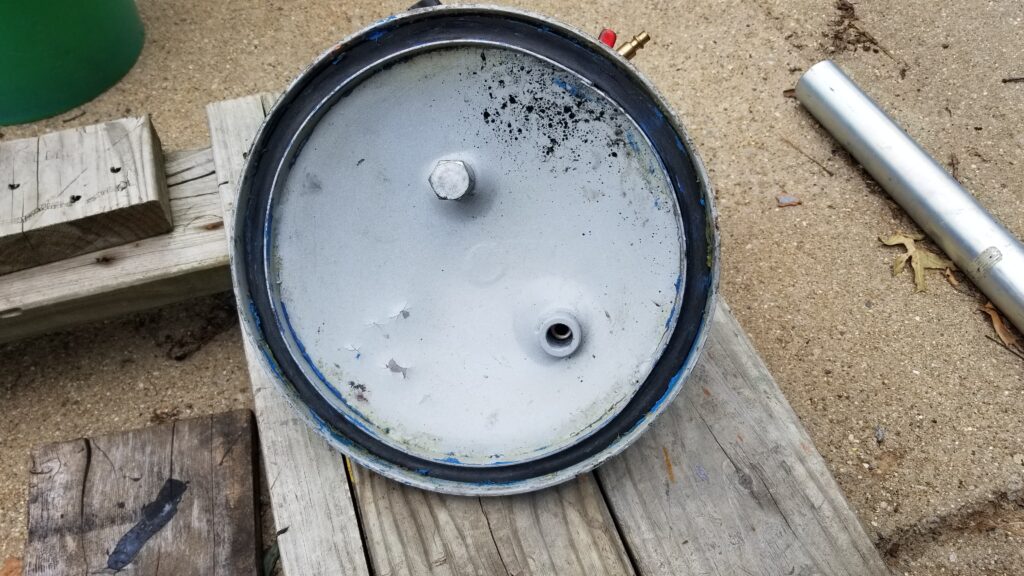
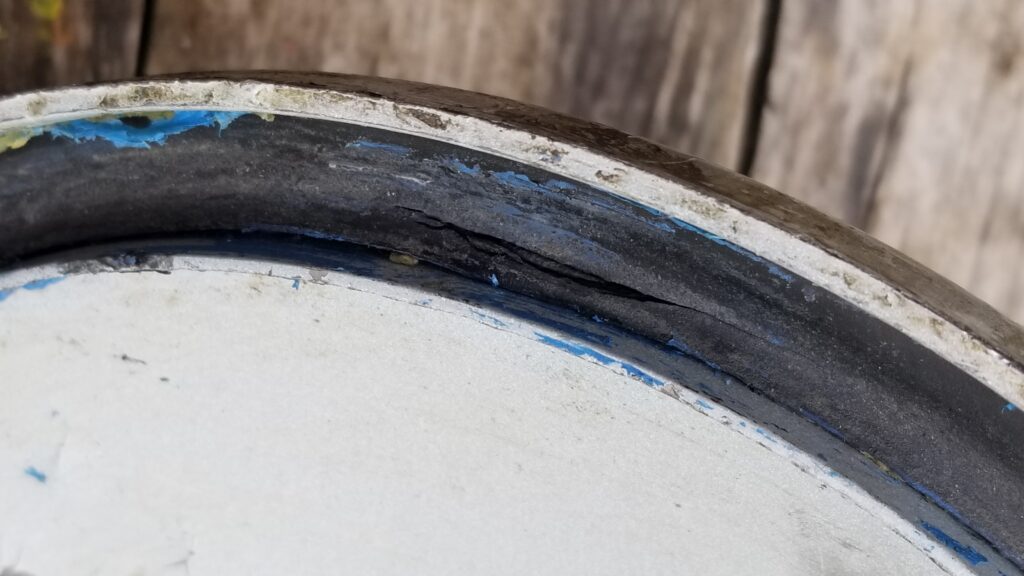
Enter TCP Global with a solution
I periodically search for stuff I hope somebody will create and sell. That includes these gaskets. It’s been a while since I last looked and the above gasket’s splitting prodded me to check again. It just so happens that TCP Global had, realized there was a market and was making gaskets better than the original.
How are they better? They are thicker and the durometer (firmness) of the gasket is such that there is a bit of give to get a really good seal. The gasket measures 10-5/16″ for the outside diameter and 9-5/16″ for the inside diameter. It’s also a 1/4″ thick which is great and the dogs (the bolts on top that secure the lid) have enough adjustment to accommodate this thicker gasket.
To cut to the chase, these units fit my pressure tanks perfectly. No more gluing, cutting, etc. These work right out of the box and are way, way better. They also fit a number of other thanks including:
- TCP GLOBAL Brand 2.5 Gallon Pressure Pot Tanks Systems. Part# PT8310, PT8312 and PT8318
- Binks or Devilbiss Brand 2.7 Gallon Paint Pressure Pot Tank Systems that use the Devilbiss Part# PT-33 Gasket. Binks Tank Part# 83C-210, 83C-220 and 83C-221
- Other brands of tanks as well – many are made by the same Chinese factories and use the same size gasket.
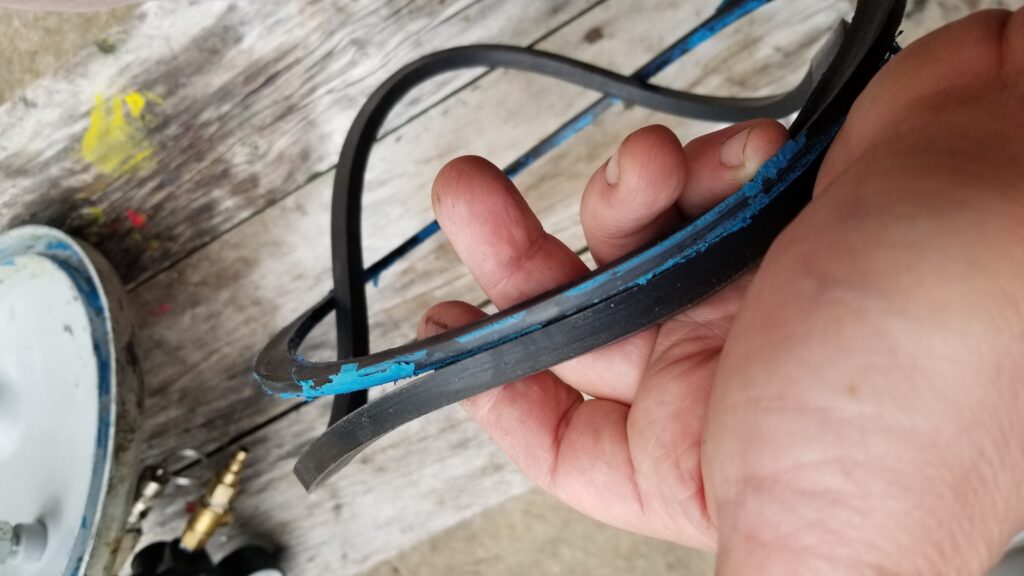
Installation is a breeze
Literally, pull the old gasket out and push this new one in place. I did not need to do any trimming. When I put the lid back on the tank, I did have to back off the toggle bolts in the dogs (clamps) so that they could pass over the edge of the lid given it’s new taller height but that was literally just backing the off a 1/4″ more or so. Then when I turned the bolts down, the clamping pressure fully seated the gasket and the job was done. I spent more time taking the pictures than I did replacing the gasket and adjusting the bolts!!
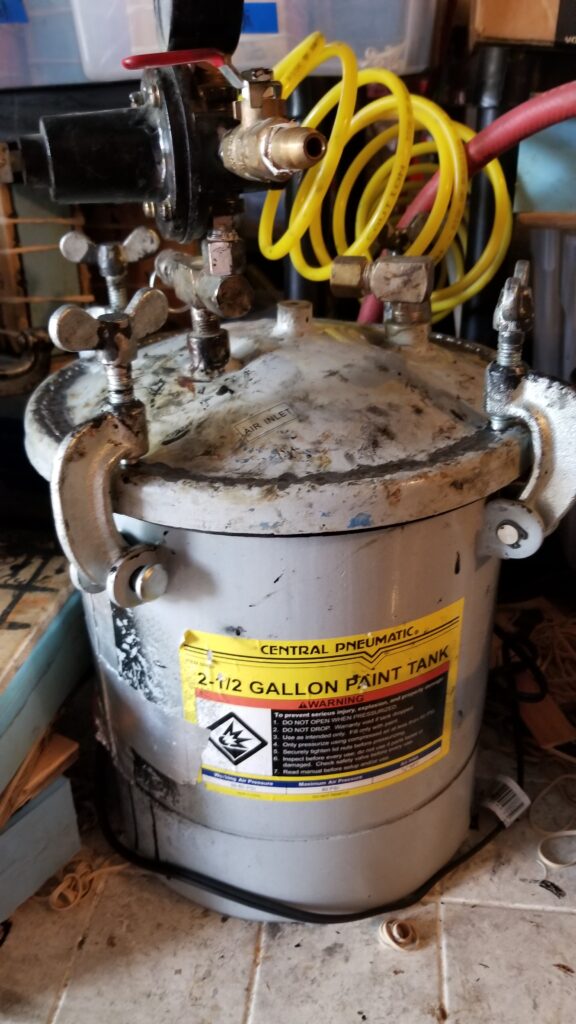
Here’s the gasket on Amazon:
Conclusion
These TCP Global replacement gaskets are awesome. The seal works wonderfully and I can just tighten the lid down by hand now – no more wrenching. If you have a tank these gaskets will fit, I highly recommend them.
August 24, 2024 Update: They have held up great. I am now using them in all four of my pressure pots.
March 6, 2022 Update: These are still working great. I’ve slowly replaced most of my original HF gaskets with these and have no problems to report.
Note, I have to buy all of my parts – nothing here was paid for by sponsors, etc. I do make a small amount if you click on an ad and buy something but that is it. You’re getting my real opinion on stuff.
If you find this post useful, please share the link on Facebook, with your friends, etc. Your support is much appreciated and if you have any feedback, please email me at in**@*********ps.com. Please note that for links to other websites, we are only paid if there is an affiliate program such as Avantlink, Impact, Amazon and eBay and only if you purchase something. If you’d like to directly contribute towards our continued reporting, please visit our funding page.
